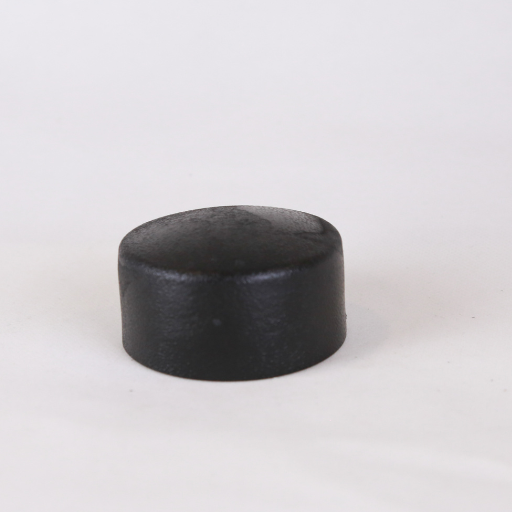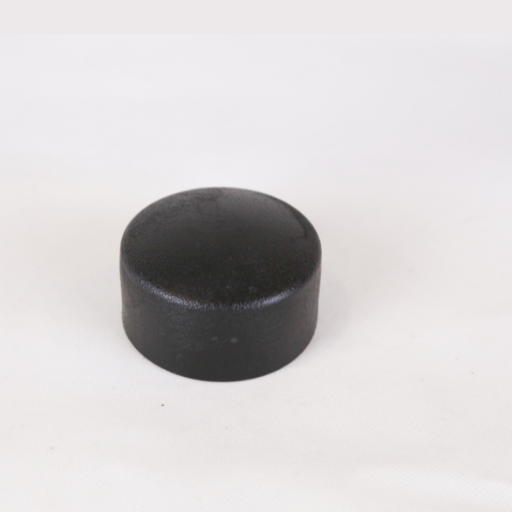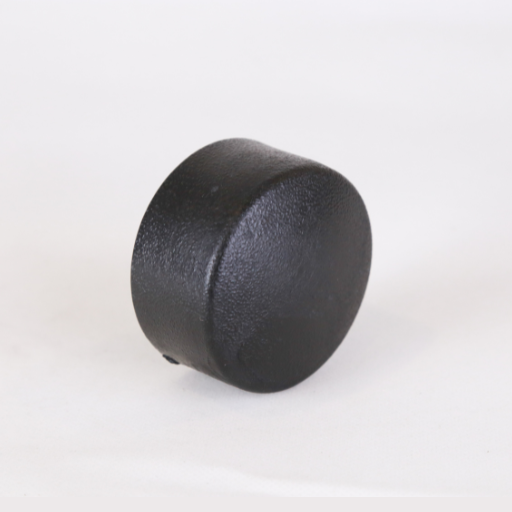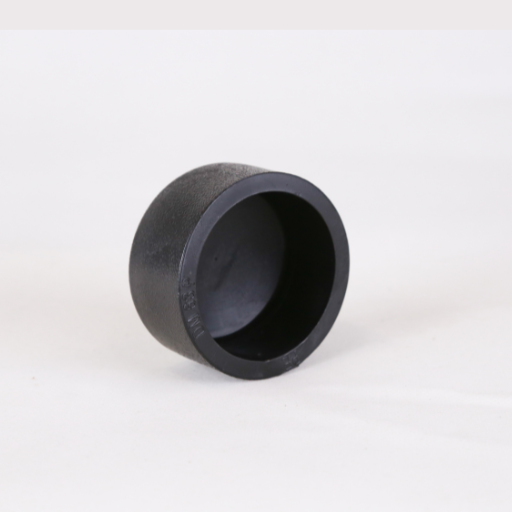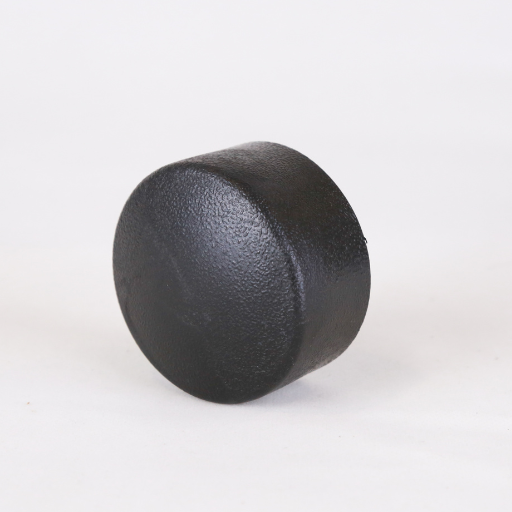Socket Fusion End Cap
Home » HDPE Pipe Fittings » HDPE Socket Fusion Fittings » Socket Fusion End Cap
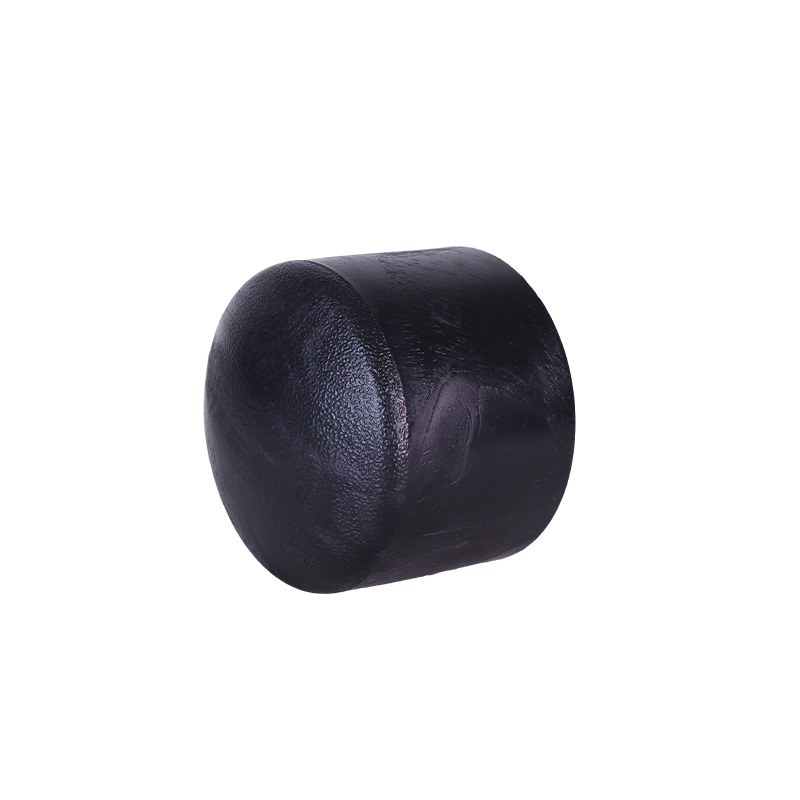
Advantages of Socket Fusion End Caps
- Provides a Strong and Durable Connection: Socket fusion end caps are designed to create a strong and durable connection between pipes. They use heat and pressure to fuse the ends of two pipes together, creating a seamless joint that is resistant to leaks and cracks.
- Easy Installation: One of the main advantages of socket fusion end caps is their ease of installation. The process involves heating the pipe ends using a specialized tool, then inserting them into the end cap fitting. Once cooled, the fused joint is ready to be used.
- Suitable for Different Pipe Materials: Socket fusion end caps can be used with various types of piping materials such as PVC, CPVC, polyethylene, and polypropylene.
- Personalization: Color and size can be customized by OEM/ODM order. Additionally, socket fusion end caps can also be personalized with company logos or labels for branding purposes.
Technical Notes
- Material: To prevent chemical incompatibility, ensure compatibility with the type of piping (PVC or CPVC) used in your application.
- Size: Choose the appropriate diameter to match the pipe specifications. Common sizes range from ½ inches to 12 inches.
- Temperature Rating: Confirm the end cap can withstand the temperature of the transported fluids, typically up to 140°F (60°C) for PVC and higher for CPVC applications.
Standards & Certs
Several industry standards and certifications govern socket fusion end caps to ensure quality and reliability. Key standards include:
- ASTM F1056: This specification outlines the requirements for socket fusion joints using polybutylene and polyamide piping materials, ensuring peak performance under specific stress and temperature conditions.
- ISO 9001: This international standard defines the requirements and test methods for socket fusion processes, ensuring that the installations meet stringent durability and safety benchmarks.
- DVS 2207: This German standard provides guidelines for the fusion of thermoplastics, detailing the technical parameters such as time, pressure, and temperature ranges that must be adhered to during the socket fusion process.
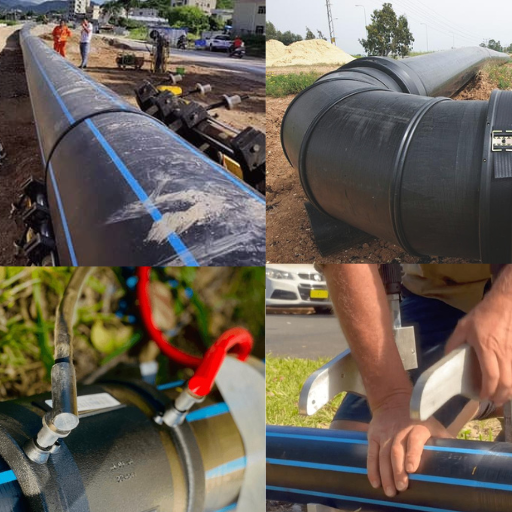
Socket Fusion End Cap Application Areas
Socket fusion end caps are widely used in various industries and applications such as :
- Plumbing and HVAC: Plumbing and HVAC systems often use socket fusion end caps to close ends of pipes during installations or repairs.
- Chemical processing: In chemical processing plants, where dangerous substances flow through pipes, the socket fusion end caps are deployed to cap these pipelines off.
- Water treatment: In water treatment centers, socket fusion end caps help in covering the pipes that are meant for carrying clean water or treated waste water.
- Industrial processes: From time to time, socket fusion end caps are relied upon by different industrial processes to cap off piping systems that transport liquids, gases or other materials.
- Irrigation: The ends of irrigation pipe work that supply water for crops and other plants are sealed using; Socket Fusion End Caps.
- Oil and gas pipelines: Also known as straight tightness test plugs Socket Fusion End Caps may be used in oil industry and natural gas industry too on crude oil pipelines, refined products or natural gas.
These varied areas show how flexible and important socket fusion end caps can be to many industries. Thus proper choice and installation of these parts is very essential for maintaining efficiency plus safety of pipeline systems in different areas.
Socket Fusion End Cap Performance Description
| Performance Metric | Description | Testing Method |
|---|---|---|
| Pressure Rating | Up to 150 psi for standard applications. | Hydrostatic pressure test |
| Chemical Resistance | Compatible with a wide range of chemicals including acids and alkalis. | Chemical compatibility testing |
| Durability | Designed to withstand mechanical stress without failure. | Impact resistance test |
| Installation Time | Quick installation typically completed within 10 minutes. | On-site installation assessment |
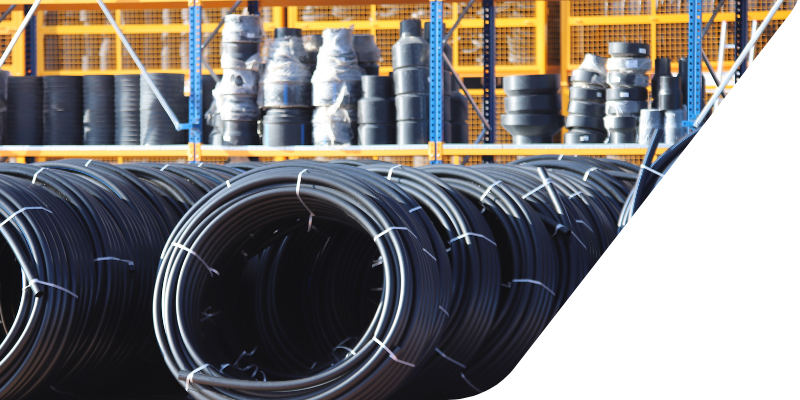
High-Density Polyethylene (HDPE) socket fusion end caps are essential components in piping systems, offering a reliable method for sealing the ends of HDPE pipes. These caps are widely used in various applications, including water distribution, gas pipelines, and industrial systems, due to their durability and resistance to corrosion. Understanding the installation process, advantages, and appropriate applications of HDPE socket fusion end caps is crucial for ensuring your piping infrastructure’s long-term efficiency and safety.
Socket Fusion End Cap Technical Parameters
| Parameter | Specification |
|---|---|
| Material | Polypropylene (PP), Polyethylene (PE) |
| Diameter Range | 20 mm to 630 mm |
| Pressure Rating | Up to 16 bar (232 psi) |
| Chemical Resistance | Excellent resistance to acids and bases |
| Fusion Time | 5 to 10 seconds (depending on size) |
| Cooling Time | Minimum 30 seconds (depending on size) |
| Installation Method | Socket fusion process only |
The Question
Common FAQ
Explore comprehensive information regarding Socket Fusion End Cap. Don’t hesitate to reach out to us for any inquiries.
Q: What is an HDPE socket fusion end cap?
A: An HDPE socket fusion end cap is a component used to securely seal the ends of HDPE pipes in various piping systems. It ensures that the contents within the pipes, such as water, gas, or chemicals, do not leak out.
Q: What are the advantages of using HDPE socket fusion end caps?
A: HDPE socket fusion end caps offer excellent durability, corrosion resistance, and a leak-proof seal. They are also easy to install and provide a long service life, making them ideal for a wide range of applications.
Q: How are HDPE socket fusion end caps installed?
A: HDPE socket fusion end caps are installed using a socket fusion process, which involves heating the pipe and cap until they become malleable, then joining them together to create a strong, permanent seal
Q: Can HDPE socket fusion end caps be used in both water and gas pipelines?
A: Yes, HDPE socket fusion end caps are suitable for both water and gas pipelines. Their material properties make them resistant to chemicals and pressure, ensuring safe and efficient operation in various environments.
Q: What sizes are available for HDPE socket fusion end caps?
A: HDPE socket fusion end caps are available in a range of sizes to match different pipe diameters, typically ranging from small residential pipes to large industrial pipelines.
Q: Are HDPE socket fusion end caps compatible with other types of pipes?
A: HDPE socket fusion end caps are specifically designed for HDPE pipes. While they might be used with other materials under certain conditions, it is recommended to use them with HDPE pipes for optimal performance.


